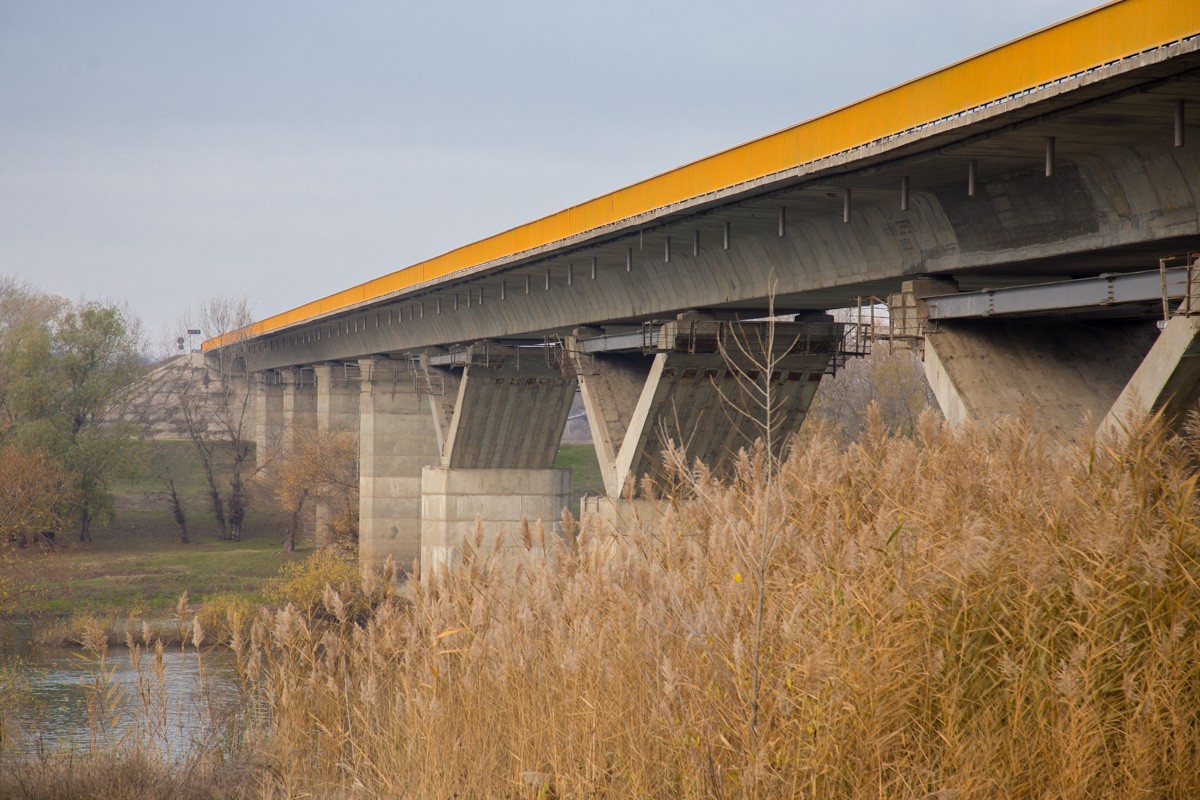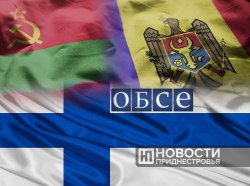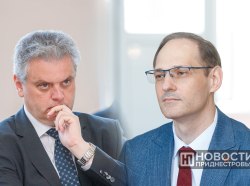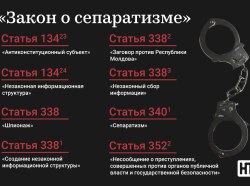A news item appeared on the official website of the Moldovan Government, containing some assessments regarding the functioning of the restored bridge over the Dniester river near Bychok and Gura-Bykului villages. It states that the money of the European Union intended for the repair of the facility cannot be spent, allegedly due to the presence of a Pridnestrovian post at the entrance to the village of Bychok.
Taking into account the recent active use by the Moldovan authorities of the tactics of manipulation and dissemination of lies, including publicly, we decided to investigate the situation in detail. And there is what we found out.
The bridge was opened on November 18, 2017, jointly by the President of Pridnestrovie and the Prime Minister of Moldova in the presence of representatives of mediators and observers on the basis of a Protocol Decision signed by the representatives on political issues on November 3, 2017.
Although the dialogue on the opening of the bridge has been going on for many years, this infrastructure facility, which was blown up during the armed stage of the conflict, was restored with international donor funds (the Republic of Latvia) back in 2001. In 2012, the leaders of the parties agreed to continue work on the opening of the bridge, which was recorded in a joint communique. However, the deterioration of the situation in the negotiation process and the reluctance of the Moldovan side to introduce into the agreement the wording on the refusal to use the bridge for military purposes did not allow reaching a final compromise at that stage.
Only the President of Pridnestrovie, Vadim Krasnoselsky, managed to achieve a final decision. After a series of consultations with international partners and a personal inspection of the facility, an appeal was sent to all participants in the 5 + 2 format with the initiative to open the bridge. The signing of the corresponding agreement took place on November 3, 2017.
The Pridnestrovian side has never hidden the intention to implement standard procedures for controlling the movement of citizens, goods and vehicles in the area of the bridge. The PMR President`s position, laconically formulated as “if there is a bridge, there will be a post,” was not only conveyed to the attention of the Moldovan side, but also publicly outlined before the opening of the bridge, including for the Moldovan media. He stated that the procedure for passing the control is standard for cases of border crossing - border, customs and migration control: “I think that a minute delay will not be difficult for any person. You show your passport and you drive on. There is no problem with that."
Initially, vehicles with an established mass of no more than 3.5 tons were allowed on the bridge. However, after observing the condition of the bridge under load and consulting with specialists, it was decided to allow vehicles weighing up to 10 tons to drive over the bridge.
Meanwhile, the Protocol decision (paragraphs 2 and 3) presupposed the necessary repair work both on the bridge and on the international road passing through it. During 2018-2019, the OSCE was actively involved in this work, paying for the services of a Ukrainian contractor who carried out an instrumental inspection of the bridge and prepared a feasibility study for the further reconstruction of the facility.
Moreover, the involvement of the OSCE took place at the request of both sides - the then political representative Kristina Lesnik personally addressed the OSCE with such a request. Pridnestrovian and Moldovan specialists were directly present during the assessment work carried out by the Ukrainian contractor and received a final report on the necessary actions and investments to repair the bridge and remove restrictions on the movement of heavy vehicles.
However, the process stalled subsequently. The bridge is still operating in the mode of admission of vehicles with an established weight of not more than 10 tons. No repair work recommended by Ukrainian specialists within the framework of an expert examination paid by the OSCE was carried out. The rehabilitation of the international highway M-14 passing through the bridge, contrary to paragraph 3 of the Protocol Decision, is not being carried out.
Now, after 4 years, it turns out that Chisinau is hindering the implementation of the mentioned agreement of the negotiation process, since it has a kind of hypocritical protest against the existence of Pridnestrovian control at the entrance to the Bychok village. It turns out that on the basis of this protest, the Moldovan side is blocking access to funding from the European Union, which would allow the facility to be repaired and used as a full-fledged transport artery.
In this regard, a number of questions arise for Chisinau:
1. Where exactly in the Protocol Decision did Chisinau find the obligation of one of the parties to abandon the existing forms of control over the movement of citizens, goods and vehicles, which the Moldovan Government allegedly refers to in its press release?
2. Why does the Pridnestrovian "trailer" not interfere with the movement of vehicles weighing up to 10 tons, but will interfere with more weightlifting vehicles? And why is it possible to drive across the bridge, behind which there is a Pridnestrovian "trailer", but not to repair it?
3. Why, so indignant at the presence of the Pridnestrovian control infrastructure in the area of the bridge, the Moldovan side itself installed two additional "trailers" in 2017, including police one, near the bridge on the right bank of the Dniester?
4. Did the then Prime Minister of the Republic of Moldova disagree with the physical presence of the control infrastructure of Pridnestrovie on the day of the opening of the bridge (at that moment the post already existed and the position of the President of the PMR “there will be a bridge - there will be a post” was indicated, including publicly)? Or did the new Moldovan authorities have a new perception of an old problem? Is it then worthwhile for the mediators to somehow react to the provocative "invention" of the Moldovan side, which even no one bears personal responsibility for, because there is still no representative on political issues in the Republic of Moldova?
5. Why did the OSCE finance the examination of the bridge in 2019, and Moldovan specialists took part in it, if they did not want to repair it and objected to the Pridnestrovian post?
6. Why did the European Union allocate some kind of funding for the repair of the bridge, if Chisinau was dissatisfied with something? Or does the Moldovan side deliberately give international partners the run around?
Now tens (sometimes hundreds) of vehicles drive over the bridge every day, dozens of people go by foot across the bridge, goods and cargo are freely transported. Exactly the same control mechanisms are applied as when crossing the border between Moldova and Pridnestrovie at other points.
One gets the impression that Moldova urgently needed the money of the European Union for the implementation of some other projects not related to the negotiation process. And now the Moldovan side is looking for whatever arguments in order to redistribute these funds and get them at their disposal. Of course, such approaches are in no way aimed at the interests of the negotiation process and do not promote mutual trust. Although after the transport and banking blockade of Pridnestrovie with the simultaneous disruption of the session of the "Permanent Meeting ...", the negative coming from Chisinau is no longer surprising.








